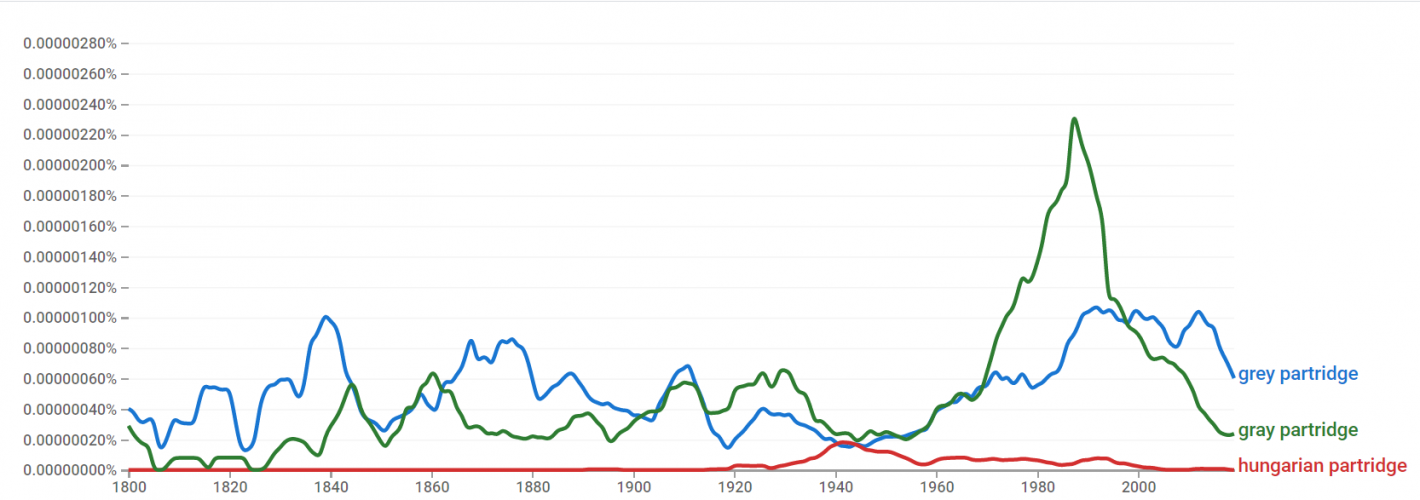shines@times
Well-known member
No expert here. I'd just like to comment that I'm guessing it was a matter of the freedom of movement that wild bison herds not only enjoyed, but were forced to adopt due to pressure from predator harassment including from men. I doubt that the impact of a bison herd passing through a given habitat ever looked like the scene I seem to recall from "Dances With Wolves" where the terrain appeared rotor-tilled in the aftermath of a herd's passage. Even were that an historically accurate portrayal, I have to think that the traces of herd movements would have laid down relatively narrow (compared to the breath of the historical prairie lands) threads across the land that would have had no significant lasting effect upon continental population of birds, especially in that time before introduced invasive species both floral and faunal, pesticides, broad swath of monoculture farms, railroads and highways, urban and rural development and all the myriad other impacts on Sage grouse habitat. Personally, I'm curious about the historical Sage grouse response to wildfire, particularly in light of Amerindian employment of deliberate burns to maintain prairie environments in their efforts to enhance the populations of their prey species, especially big game.For those of you who are grazing experts . . .
How does cattle grazing differ from bison grazing? I've read stories of the millions of bison and the millions of sage grouse which used to inhabit the intermountain west simultaneously. I'm not a grazing expert, but I'm not sure I understand how millions of bison weren't more destructive to sage grouse nests and nesting conditions than a few hundred thousand head of cattle.





